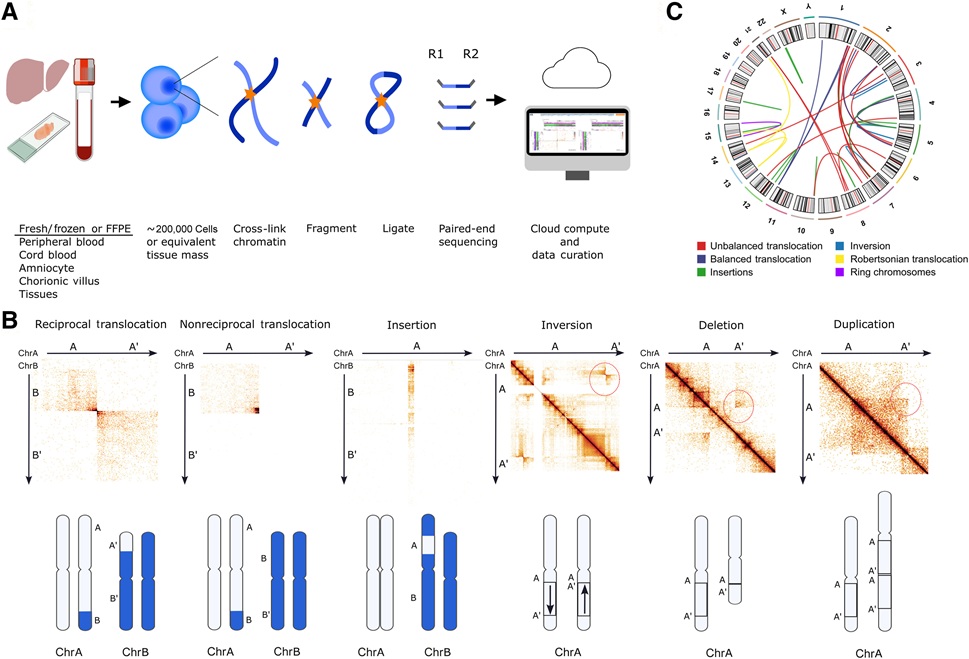Microbiological Molecular Assay Analyses Heart Valve Tissue
By LabMedica International staff writers
Posted on 05 Feb 2013
Positive heart valve (HV) culture is a major criterion for the diagnosis of infective endocarditis, but is poorly sensitive compared with molecular assays. Posted on 05 Feb 2013
Molecular methods applied directly to HV tissue have shown promise in negative-culture infective endocarditis and sequencing of the gene encoding 16S ribosomal ribonucleic acid (rRNA) is an accurate means of identifying microorganisms and, offers sensitive and rapid diagnosis.
Scientists at the Central University Hospital at Limoges (CHU; France) applied a two-step broad-range polymerase chain reaction (PCR) and a specific real-time PCR to HV samples and compared the results with those of serologic tests and conventional microbiological methods. This study examined HV samples excised from 31 patients with definite endocarditis based on Duke's modified criteria, between January 1, 2002, and December 31, 2007. The aortic valve was affected in 15 cases and the mitral valve in 16 cases.
Two broad-range PCR methods were applied to the 31 HV samples. The first was a real-time (RT-PCR) method, followed by a conventional end-point PCR that was applied to HV samples on which the first PCR was negative. Five specific RT-PCR procedures were also used in order to identify Bartonella spp., Tropheryma whipplei, Chlamydophila pneumoniae, Mycoplasma pneumonia, and Coxiella burnetii. Blood cultures were positive in 23 cases.
The RT-PCR was positive in 11 of the 23 patients with blood culture-positive endocarditis. All the sequencing results matched the blood culture results to the genus level at least. Seven culture-negative HV specimens gave an amplification product, sequencing of which identified Streptococcus mutans in one patient and Streptococcus anginosus in another patient. Streptococcus gallolyticus was found three patients and Staphylococcus epidermidis in two patients. Specific PCR identified one T. whipplei, which was also identified by conventional end-point PCR.
The authors concluded that the strategy of combining the two-step broad-range PCR methods improved the sensitivity of the molecular method from 38.7% to 58%. Their results confirm that blood culture is still the gold standard for the diagnosis of infective endocarditis, but does show that molecular methods applied to HV can be useful when blood culture is negative. The study was published January 12, 2013, in the journal Diagnostic Microbiology and Infectious Disease.
Related Links:
Central University Hospital at Limoges














